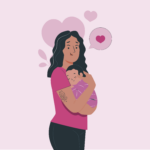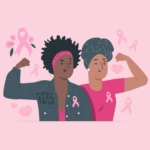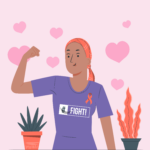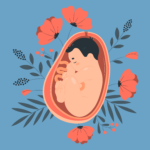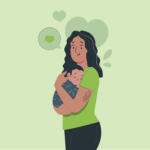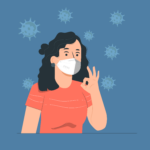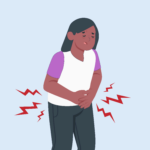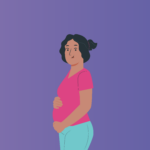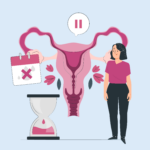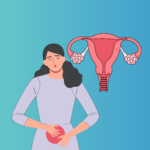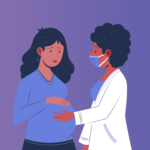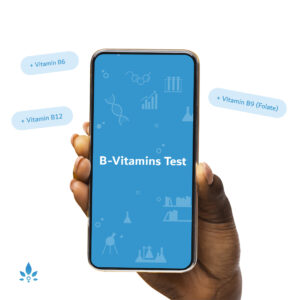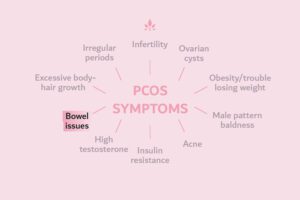Lymphoma in Children


The lymph system is a part of the body’s immune system; it is responsible for filtering harmful cells from the blood and producing immune system cells. Cancers of the lymph system are known as lymphomas. Physicians diagnose an estimated 2,200 American children under age 20 with lymphoma annually, according to the National Cancer Institute. Lymphomas are commonly divided into two categories: Hodgkin and Non-Hodgkin lymphoma. Non-Hodgkin lymphoma is more common than Hodgkin lymphoma. Each is diagnosed based on how lymph cells appear under a microscope.
Hodgkin Lymphoma (also known as Hodgkin’s Disease)
This condition typically affects children ages 15 and older. When cells of children with Hodgkin’s disease are viewed under a microscope, a specific abnormal cell known as a Reed-Sternberg cell is seen. Non-Hodgkin’s lymphomas do not have Reed-Sternberg cells. Hodgkin lymphomas are further divided into lymphocyte-predominant Hodgkin lymphoma and classical Hodgkin lymphomas, which includes:
- Lymphocyte-depleted Hodgkin lymphoma
- Lymphocyte-rich classical Hodgkin lymphoma
- Mixed cellularity Hodgkin lymphoma
- Nodular sclerosis Hodgkin lymphoma
Symptoms of Hodgkin’s disease include:
- Appetite loss
- Fatigue
- Night sweats
- Skin itching
- Swollen lymph nodes, particularly on the chest, groin, neck or underarms
- Unexplained fever
- Unexplained weight loss
Exposure to certain infections such as human T-cell leukemia/lymphoma virus (HTLV-1), Epstein-Barr virus (EBV), and Human Herpes Virus 8 (HHV8) can be contributing factors for Hodgkin lymphoma. However, having these diseases does not necessarily mean the child will experience Hodgkin’s disease.
Non-Hodgkin Lymphoma
The four most common childhood non-Hodgkin lymphomas include:
- Anaplastic large cell lymphoma
- B-cell non-Hodgkin lymphoma
- Diffuse large B-cell lymphoma
- Lymphoblastic lymphoma
Rarer types of non-Hodgkin lymphoma can occur, typically in adults, according to the National Cancer Institute. Symptoms associated with non-Hodgkin lymphoma include:
- Difficulty breathing
- Difficulty swallowing
- Lymph node swelling that is painless
- Night sweats
- Testicular lymph node swelling
- Unexplained coughing
- Unexplained fever
- Unexplained weight loss
- Wheezing
Risk factors for non-Hodgkin lymphoma include advancing age (the condition is more common in adults) and having a medical history of autoimmune diseases, such as rheumatoid arthritis, celiac disease, and systemic lupus erythematosus (SLE or lupus).
Treatment
A doctor may diagnose both conditions by taking a medical history, conducting a physical exam and taking a biopsy or tissue sample of the lymph nodes to view the cells to determine if cancer is present. Treatments depend upon the type of cancer, and can include radiation therapy to kill cancerous cells and chemotherapy, or medications that kill rapidly dividing (cancerous) cells. The outcomes and prognosis for both Hodgkin and non-Hodgkin lymphomas is truly dependent upon the child’s age, cancer’s spread (or “stage”), cell types and overall patient health.
Sources:
- American Cancer Society
- What Are the Risk Factors for Non-Hodgkin Lymphoma?
The Children’s Hospital of Pennsylvania - Non-Hodgkin’s Lymphoma in Children.
Mayo Clinic - Hodgkin’s vs
- Non-Hodgkin’s Lymphoma: What’s the Difference?
MD Anderson Cancer Center - Childhood Lymphoma Treatment.
MedlinePlus - Lymph System.
Memorial Sloan-Kettering Center - Pediatric Lymphomas: About Pediatric lymphomas.
National Cancer Institute - Childhood Hodgkin Lymphoma Treatment.
National Cancer Institute - Childhood Non-Hodgkin Lymphoma Treatment.
Powered by Bundoo®




